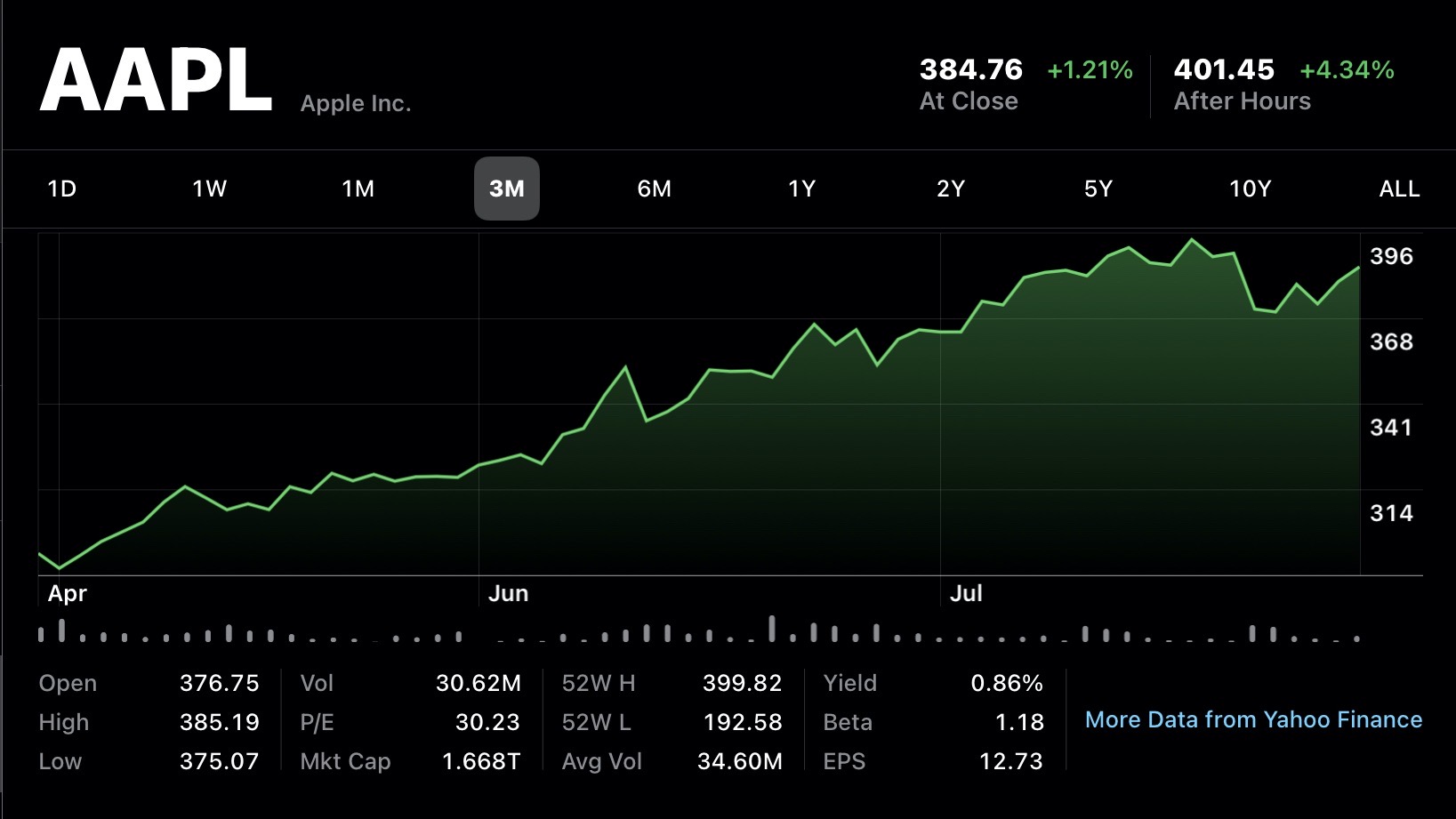
However, its PEG ratio – defined as EPS divided by EPS growth – is 2.85 at the moment, below its five-year average of 3.4. For example, it trades at 27.9x sales, considerably higher than its five-year average of 16.6x. One could argue that many of the company’s valuation metrics are elevated.

You would think analysts would figure this out and alter their models, but that’s a subject for another day.

Nvidia does like to underpromise and overdeliver. She pulls it all together by stating it has the products and management team to keep delivering the goods. A seventh appears to be in the cards with estimated top-line revenues of $7.4 billion and bottom-line earnings per share of $1.22. Her reasons include the fact the company’s beaten analyst expectations for six consecutive quarters. InvestorPlace’s Vandita Jadeja believes it will “crush” its fourth-quarter earnings. Nvidia reports its Q4 2022 results on Feb. More importantly, it’s moving higher while Meta’s moving lower. The last time I wrote about Nvidia in late January, I suggested it could be one of 2022’s best bets. If you’re holding Nvidia for three to five years, I don’t think $242 is a bad price to pay for one of America’s top innovators. Something tells me it won’t take another two years to move up higher, possibly even catching Tesla (NASDAQ: TSLA) in the process. Now it sits within $59 billion of Berkshire Hathaway (NYSE: BRK.A, NYSE: BRK.B) and sixth place. It sat in 50th place only two years ago, a long way from the top 10. Perhaps it has something to do with Nvidia passing Meta Platforms (NASDAQ: FB) to become the seventh-largest U.S.


 0 kommentar(er)
0 kommentar(er)
